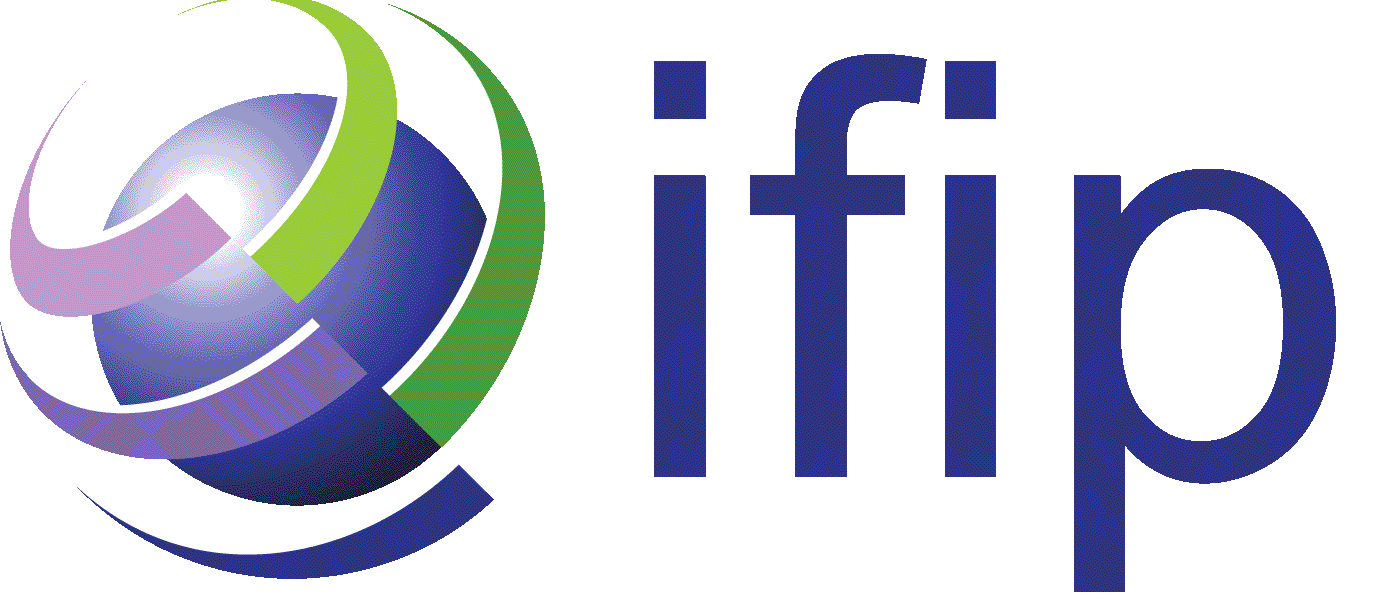
 |
 |
 |
IWNC 2024
1st Workshop on Integrated Wireless Networking and Computing (IWNC)
Monday 28 October 2024 14.00 - 17.30
Scope
Modern wireless networks, including IoT, Wi-Fi, and 5G/6G, incorporate numerous complex features that require optimization. Advanced handling of these features (e.g., resource allocation and link selection) is expected to significantly enhance the optimization, deployment, and management stages of these networks. AI/ML-assisted methodologies will likely play a pivotal role in addressing the joint optimization of multiple features.
Additionally, In-Network Computing (INC) is an emerging concept that has gained substantial relevance in recent years, driven by advancements in programmable networking hardware (e.g., smart NICs) and the development of network programming languages such as P4.
This workshop invites research papers from academia and research centers that demonstrate novel work in the fields of integrated wireless networking and computing, AI/ML-assisted optimization strategies, In-Network Computing, and early-stage research.
Program
Keynote
In-Network Computing for Immersive Applications in 6G: The Case of Holographic Telepresence
AbstractITU-R has now defined the usage scenarios and overreaching architectural aspects of 6G. Immersive communications is among these scenarios and holographic telepresence, an archetype application, is expected to play a critical role in the future- in settings such as work, social interactions, tele-education and remote live performances. Telepresence has the very challenging characteristic of requiring 6G Massive Communications (MC) in addition to 6G Hyper Reliable and Low Latency Communications (HRLLC). While HRLLC might meet the latency needs of holographic telepresence, MC is more likely to fall short when it comes to the bandwidth needs. Thus, the need for new technologies in 6G landscape. In-Network Computing (INC) is certainly one of these technologies due to its potential for reducing network load and latency. However, inducting INC in 6G landscape brings many challenges. An example is the Management and Orchestration (MANO) of INC components, seeing that the existing ETSI MANO for 5G deals solely with Network Function Virtualization (NFV) components. In this keynote speech, we start by introducing the potential of INC and illustrate it with concrete measurements on prototypes, including the remote live concert prototype built by our lab. The challenges posed by the induction of INC in 6G landscape are then identified and some very early solutions are presented, with a focus on MANO. The research directions are also sketched.
BiographyRoch H. Glitho is a Full Professor of Networking and Telecommunications at Concordia University, Montreal, where he currently holds the Ericsson / ENCQOR-5G Senior Industrial Research Chair on cloud and edge for 5G and Beyond. He has held a Canada Research Chair in the past and has worked for Ericsson Research as Principal Engineer/Expert. He is a Fellow of the Canadian Academy of Engineering (CAE), and a former IEEE Distinguished Lecturer, Editor-In-Chief of IEEE Communications Surveys and Tutorials journal, and Editor-In-Chief of IEEE Communications Magazine. He has been granted more than two dozen patents, and has more than a dozen currently under evaluation. He has widely published in areas such as cloud/edge/fog, 5G and beyond, Internet of Things (IoT), and Content Delivery Networks (CDNs).
Session on: Intelligent User Plane and In-Network Computing for 6G
- Adaptive 360° Video Streaming over a Federated 6G Network: Experimenting In-Network Computing for Enhanced User Experience, Andrea Caruso, Giovanni Schembra and Christian Grasso (University of Catania, Italy); Juan Brenes, Pietro Giardina and Giada Landi (Nextworks, Italy); Leonardo Lossi (NeXtworks, Italy); Gabriele Scivoletto (Nextworks, Italy), 30 min
- An Ontology-Based Model for In-Network Computing Components Description and Discovery, Zarin Tasnim (Concordia University, Canada), Mouhamad Dieye (Université du Québec à Montréal, Canada); Felipe Estrada-Solano (Concordia University, Canada & Fundación Universitaria de Popayán, Colombia); Roch Glitho (Concordia University, Canada); Halima Elbiaze (University of Quebec at Montreal, Canada); Wessam Ajib (Université du Québec à Montréal, Canada), 30 min
Session on: Wireless Networks Deployment and Management
- Indoor Radio Dot Placement Optimization using UE Positioning and K-Means Clustering, Johe Bousfield (Carleton University, Canada), Chung-Horng Lung (Carleton University, Canada), Betty Liu (Carleton University, Canada), Aroosh Elahi (Ericsson, Canada), 30 min
- The intrinsic convenience of federated learning in an IoT network, Chiara Camerota (Università degli Studi di Firenze, Italy), Tommaso Pecorella (Università degli Studi di Firenze, Italy), Andrew Bagdanov (Università degli Studi di Firenze, Italy), 30 min
- QoE for Interactive Services in 5G Networks: Data-driven Analysis and ML-based Prediction, Stefania Zinno (University of Naples Federico II, Italy), Giuseppe Caso (Karlstad University), Nicola Pasquino (University of Naples Federico II, Italy), Alessio Botta (University of Naples Federico II, Italy), Anna Brunstrom (Karlstad University), Giorgio Ventre (University of Naples Federico II, Italy), 30 min
Workshop Chairs
Riccardo Trivisonno, Huawei Technologies, GermanyThomas Zinner, NTNU, Norway
Stefania Zinno, University of Naples Federico II, Italy
Pasquale Imputato, University of Naples Federico II, Italy
TPC Co-chairs
George Karetsos, University of Thessaly, GreeceAntonella Molinaro, University Mediterranea of Reggio Calabria, Italy, and University Paris-Saclay, France
Susanna Schwarzmann, Huawei Technologies, Germany
Publicity Co-chairs
Aryan Kaushik, University of Sussex, UKKeynote and Panel Chair
Stanislav Lange, NTNU, NorwayTechnical Program Committee
Sebastiano Miano, Politecnico di MilanoElisa Rojas Sanchez, Universidad de Alcala, Spain
Daniel Corujo, University of Aveiro & Instituto de Telecomunicações, Portugal
Marica Amadeo, CNIT and University Mediterranea of Reggio Calabria
Dinh C Nguyen, University of Alabama in Huntsville, US
Luca de Nardis, University of Rome La Sapienza, Italy
Adrian Kliks, Poznan University of Technology, Poland
Wonjae Shin, Korea University, South Korea
Antonio Iera, CNIT and University of Calabria, Italy
Marie-Jose Montpetit, École de Technologie Supérieure, Montréal, Canada
Hamed Farhadi, Ericsson, Sweden
Riccardo Guerzoni, Docomo, Germany
Mattia Giovanni Spina, CNIT and University of Calabria, Italy
Rongke Liu, Beihang University, China
Fulvio Risso, Politecnico di Torino
Keshav Singh, NSYU, Taiwan
Stefano Salsano, University of Rome Tor Vergata
Antonino Galletta, University of Messina, Italy
Giovanni Stanco, University of Naples Federico II, Italy
Costas Michaelides, UPF, Spain
Giovanni Nardini, Univeristy of Pisa, Italy
Rashid Ali, University West, Sweden
Madhan Raj, Samsung Research India
Ferdinando Marrone, University of Naples Federico II, Italy
Amir Ashtari Gargari, CTTC, Spain
Marialisa Scatà, University of Catania, Italy
Jagadish Nimmagadda, AWS, Usa

